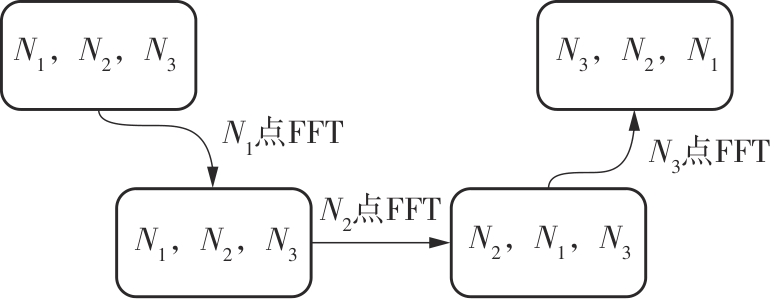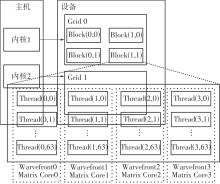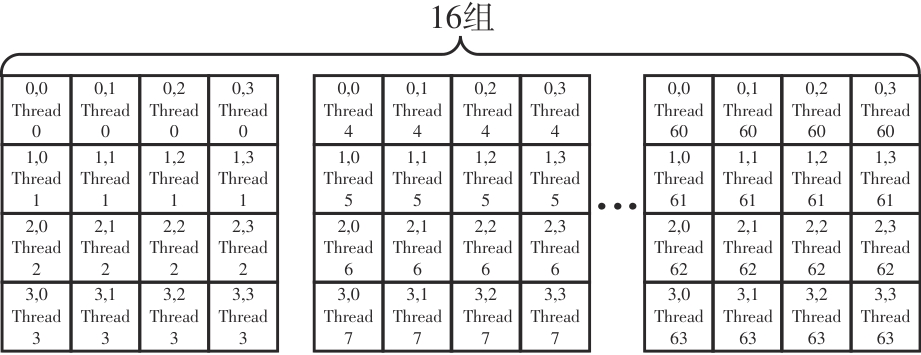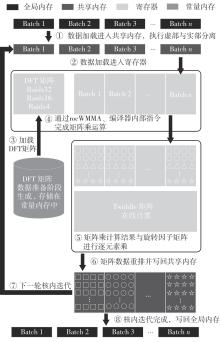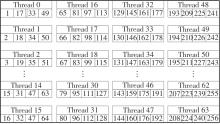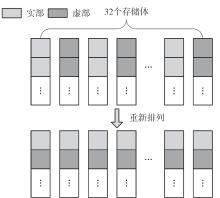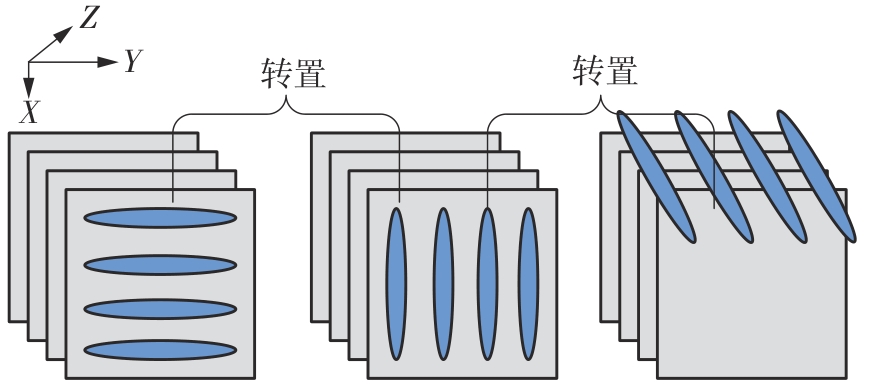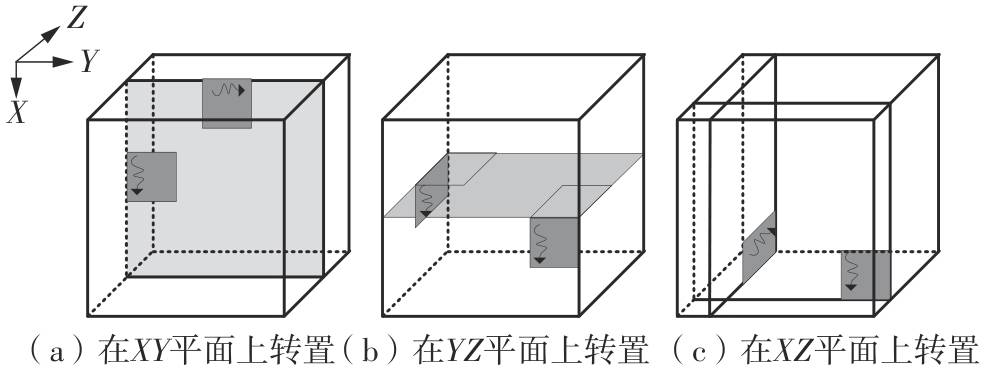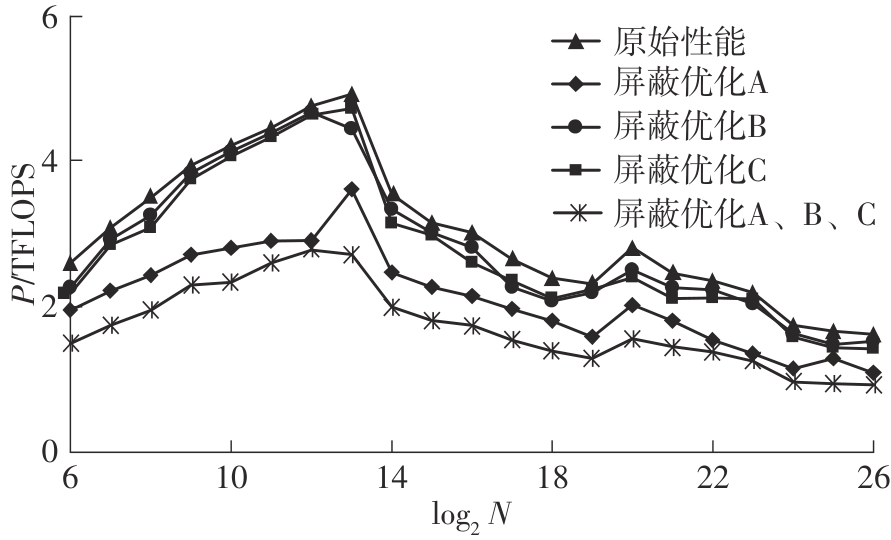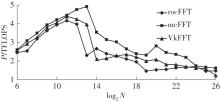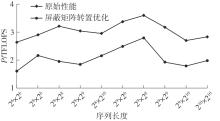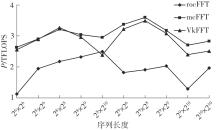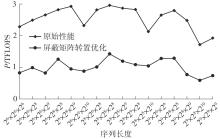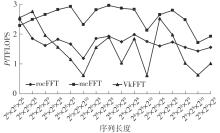| 1 |
JUNG J, KOBAYASHI C, IMAMURA T,et al .Parallel implementation of 3D FFT with volumetric decomposition schemes for efficient molecular dynamics simulations[J].Computer Physics Communications,2016,200:57-65.
|
| 2 |
LOGESHWARAN N, VIJAYAPRADEEP S, KIM A R,et al .Study of engineering electronic structure modulated non-noble metal oxides for scaled-up alkaline blend seawater splitting[J].Journal of Energy Chemistry,2023,86:167-179.
|
| 3 |
MOHAPATRA B N, MOHAPATRA R K .FFT and sparse FFT techniques and applications[C]∥ Procee-dings of 2017 the Fourteenth International Conference on Wireless and Optical Communications Networks.Mumbai:IEEE,2017:1-5.
|
| 4 |
DESPRÉS P, JIA X .A review of GPU-based medical image reconstruction[J].Physica Medica,2017,42:76-92.
|
| 5 |
CHI L, JIANG B, MU Y .Fast Fourier convolution[C]∥ Advances in Neural Information Processing Systems 33:34th Conference on Advances in Neural Information Processing Systems.San Diego:Neural Information Proce-ssing Systems Foundation,Inc.,2020:4479-4488.
|
| 6 |
LUSZCZEK P, DONGARRA J J, KOESTER D,et al .Introduction to the HPC challenge benchmark suite[R].Denton:UNT Libraries Government Documents Department,2005:1-12.
|
| 7 |
LELIAERT J, MULKERS J .Tomorrow’s micromagnetic simulations[J].Journal of Applied Physics,2019,125(18):180901/1-9.
|
| 8 |
MILOJICIC D .Accelerators for artificial intelligence and high-performance computing[J].Computer,2020, 53(2):14-22.
|
| 9 |
TOLMACHEV D .VkFFT:a performant,cross-platform and open-source GPU FFT library[J].IEEE Access,2023,11:12039-12058.
|
| 10 |
ZHANG F,HU C,YIN Q,et al .A GPU based memory optimized parallel method for FFT implementation[EB/OL].(2017-07-23) [2024-01-12]. .
|
| 11 |
LEE J,KIM D .Large-scale 3D fast Fourier transform computation on a GPU[J].ETRI Journal,2023,45(6):1035-1045.
|
| 12 |
ZHAO Y, LIU F, MA W,et al .MFFT:a GPU accelerated highly efficient mixed-precision large-scale FFT framework[J].ACM Transactions on Architecture and Code Optimization,2023,20(3):1-23.
|
| 13 |
NVIDIA Corporation .NVIDIA Tesla V100 GPU architecture[EB/OL]. (2017-08-01)[2024-01-12]..
|
| 14 |
SORNA A, CHENG X, D’AZEVEDO E,et al .Optimizing the fast Fourier transform using mixed precision on tensor core hardware[C]∥ Proceedings of IEEE the 25th International Conference on High Performance Computing Workshops.Bengaluru:IEEE,2018:3-7.
|
| 15 |
DURRANI S, CHUGHTAI M S, HIDAYETOGLU M,et al .Accelerating Fourier and number theoretic transforms using tensor cores and warp shuffles[C]∥ Proceedings of the 30th International Conference on Para-llel Architectures and Compilation Techniques.Atlanta:IEEE,2021:345-355.
|
| 16 |
PISHA L, LIGOWSKI L .Accelerating non-power-of-2 size FOURIER transforms with GPU tensor cores[C]∥ Proceedings of 2021 IEEE International Parallel and Distributed Processing Symposium.Portland:IEEE,2021:507-516.
|
| 17 |
LI B, CHENG S, LIN J .tcFFT:a fast half-precision FFT library for NVIDIA tensor cores[C]∥ Proceedings of 2021 IEEE International Conference on Cluster Compu-ting.Portland:IEEE,2021:1-11.
|
| 18 |
TUKEY C, COOLEY J .An algorithm for the machine calculation of complex Fourier series[J].Mathema-tics of Computation,1965,19(90):297-301.
|
| 19 |
Advanced Micro Devices Inc. CDNA Introducing AMD 2 architecture[EB/OL].(2021-09-21)[2024-01-12]..
|
| 20 |
FRIGO M, JOHNSON S .FFTW:an adaptive software architecture for the FFT[C]∥ Proceedings of the 1998 IEEE International Conference on Acoustics,Speech and Signal Processing.Seattle:IEEE,1998:1381-1384.
|
 ), ZHU Songxiang1, TIAN Qingyan3, LIN Haishan3, GUO Yijie1
), ZHU Songxiang1, TIAN Qingyan3, LIN Haishan3, GUO Yijie1

